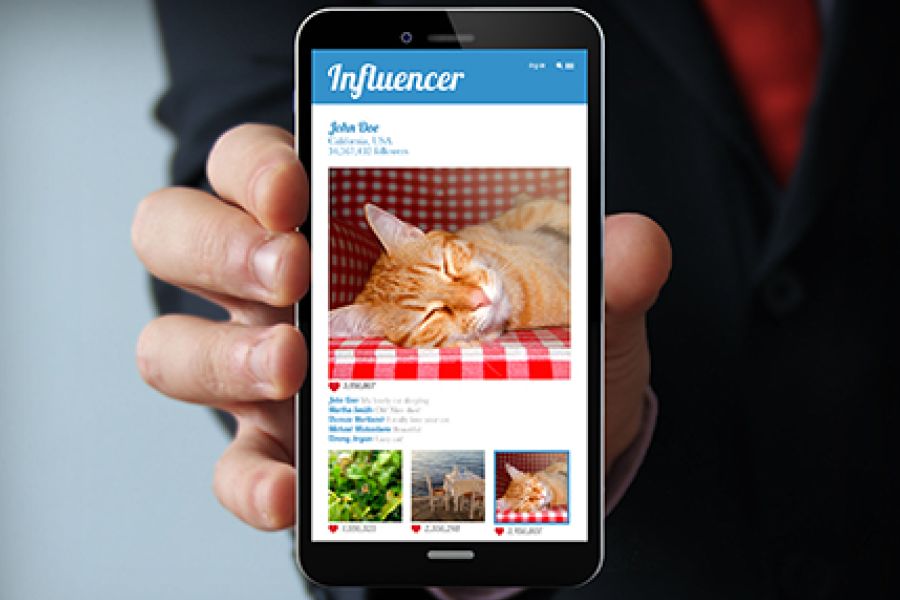How to Spot Influencer Fraud

To increase brand awareness and influence consumer behavior, businesses of all sizes spend vast amounts on social media marketing. Social media “influencers” can help companies reach and engage customers. But not all influencers operate above board. Here’s how to spot influencer fraud. And in so doing, avoid hiring or associating with a dishonest influencer.
How to spot influencer fraud: The more, the better
There’s no commonly accepted definition of how many followers an influencer must have to claim such status. But in general, the more, the better. After all, clients want access to as many eyes as possible.
Knowing how important followers, likes and shares are, some influencers find it hard to resist the temptation to inflate their numbers. In general, they can command higher fees and attract bigger brands if their social media accounts appear to be hubs of activity.
Red flags
Fortunately, there are several red flags associated with influencer fraud. Pay attention to influencers that seem to have many followers with skimpy accounts. When you click on them, the accounts may lack bios and other personal details. These accounts may also have few followers and accounts that they follow (other than, of course, that of your influencer). In other words, the accounts don’t look authentic. In such cases, the influencer may have purchased or created followers.
Another potentially suspicious sign is that the influencer’s comments, likes, and shares exceed expectations. Higher than expected levels of engagement may sound like a good thing. However, it may also indicate that the influencer arranged for engagement via a “bot farm.” This automated application can be used to make accounts look more popular than they actually are. Or, the influencer may participate in communities of influencers with reciprocal agreements to like and share each other’s posts.
Check before you commit
Before you enter an agreement with an influencer, scrutinize the service provider’s social media accounts and activity. Also call business references to learn if the influencer’s claims about engagement results are accurate — or exaggerated. If you don’t feel comfortable with what you find, look elsewhere.
(This is Blog Post #563)


